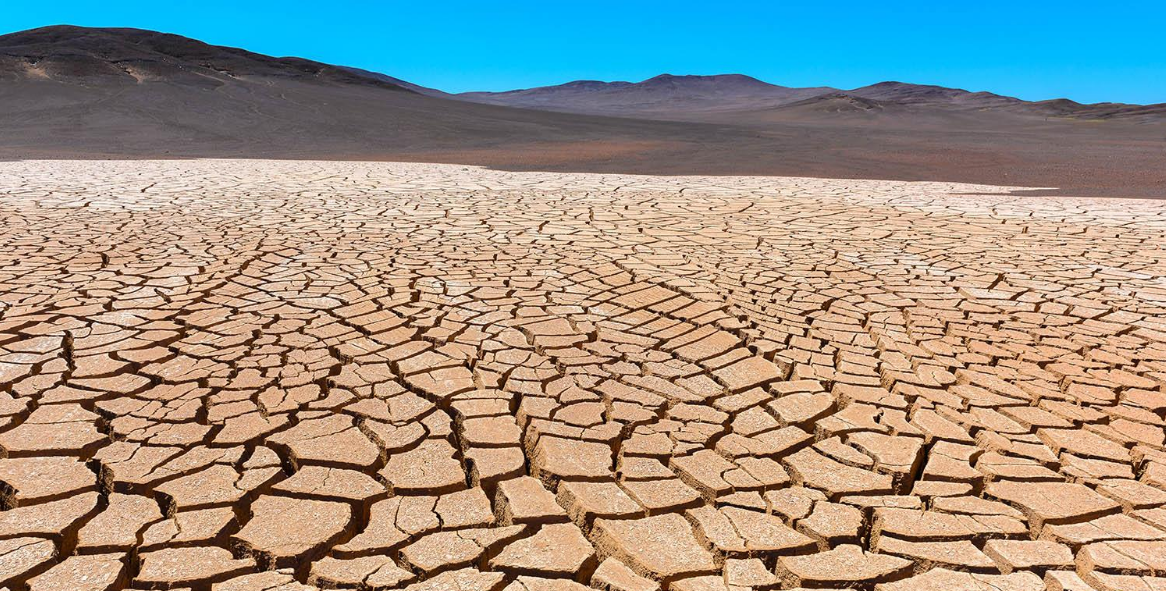University of Maine and University of New Hampshire researchers will investigate how the diversity and evolution of feeding habits among Arctic charr populations in Maine affect their resilience or vulnerability to climate change.
The National Science Foundation’s Organismal Responses to Climate Change Program awarded almost $1.5 million for the study, spearheaded by Nathan Furey, an assistant professor of biological sciences at UNH, in collaboration with Michael Kinnison, a UMaine professor of evolutionary applications, and Christina Murphy, an assistant professor with the UMaine Department of Wildlife, Fisheries and Conservation Biology, and assistant unit leader of Maine’s U.S. Geological Survey Cooperative Fish and Wildlife Research Unit.
Kinnison’s lab has collected more than 20 years of Arctic charr genetic samples, trait data and mark-recapture population size estimates from Floods Pond in Otis, Maine, all of which will support the new study.
Arctic charr colonized some lakes in Maine, New Hampshire and Vermont after glaciers receded more than 10,000 years ago. Populations in New Hampshire and Vermont went extinct in the last century and the Maine Department of Inland Fisheries and Wildlife reports that Maine is home to the only living native populations of Arctic charr in the United States, outside of Alaska. This unique natural resource, sometimes called “blueback” or “Sunapee” trout, is highly valued among anglers and conservationists, but Maine’s remnant populations also represent the most-southern populations of this Arctic species, putting them at particular risk from climate change.
Prior research by Kinnison’s team has found that these populations currently differ in what and where they eat, how large they get, when they reproduce and in which habitats. The UMaine and UNH researchers suggest these differences are associated with lake differences in food resource availability. They also say that there is evidence from an introduced population that Arctic charr feeding habits and traits can change over years to decades when food and other resource availability changes.
Climate change threatens food webs worldwide. Yet many predictive models for species responses fail to account for the differentiation and evolution of feeding habits among populations of certain animals that are at the edge of their ecological ranges, like Arctic charr in Maine, according to the researchers. To address the gap, the UMaine and UNH scientists say they will develop a framework that links the genetic and malleable components of feeding trait diversity among Arctic charr in Maine to “population demography, habitat, community contexts and ultimately eco-evolutionary potential for persistence” against climate change.
Their work could help scientists better predict the viability of Maine Arctic charr and other species with populations that are at the edge of their ecological ranges based on the combined factors of climate change, inter- and intraspecies interactions like competition, and different phenotypes like eating habits.
“Maine’s woods and waters are the front lines for climate change. Many of Maine’s iconic species, from moose, to loons, to salmon and Arctic charr are literally living on the edge — their warm range edge,” says Kinnison, who directs the Maine Center for Genetics in the Environment. “We think the winners and losers will often come down to which populations can adapt or otherwise match climate-related resource changes. Maine’s Arctic charr are a good system to study this theory and a possibly unique one given our 20-year dataset of fish captures, traits and genetic samples.”
To conduct their study, researchers plan to collect non-lethal tissue samples from Arctic charr and other fishes from Floods Pond, and a few Maine lakes to analyze genetically and for naturally occurring isotopes that trace food webs. They also will conduct high-resolution fish tracking to understand the minute-to-minute behavior of fish in Floods Pond and these new data will be analyzed alongside more than two decades of fish abundance and trait data from the pond obtained by Kinnison’s students in collaboration with the Bangor Water District and MDIFW. They will use their data to develop models that will simulate Arctic charr with a variety of feeding habits, eating, growing and enduring through various changing temperatures, communities and ecosystems.
A postdoctoral researcher, two graduate students, multiple undergraduate students and technical staff will work with Furey, Kinnison and Murphy on the project. The team also will partner with Laura Wilson, a University of Maine Cooperative Extension 4-H science youth development professional, to create science tool kits based on their Arctic charr research that will teach grade school students about how aquatic species endure, or perish from, different effects of climate change.
“We are really excited about this project because of the multifaceted expertise of the group,” Furey says. “Our interdisciplinary approach will not only advance the science, but also be a benefit to the involved students and early career researchers who will gain skills and experience across a breadth of biological disciplines. Combining our unique team with engaged collaborators outside of academia, our work will not only aid the conservation and management of the iconic Arctic charr, but also provide frameworks for identifying resilient populations of other coldwater fishes at their warm range edge as we continue to experience climate change.”








